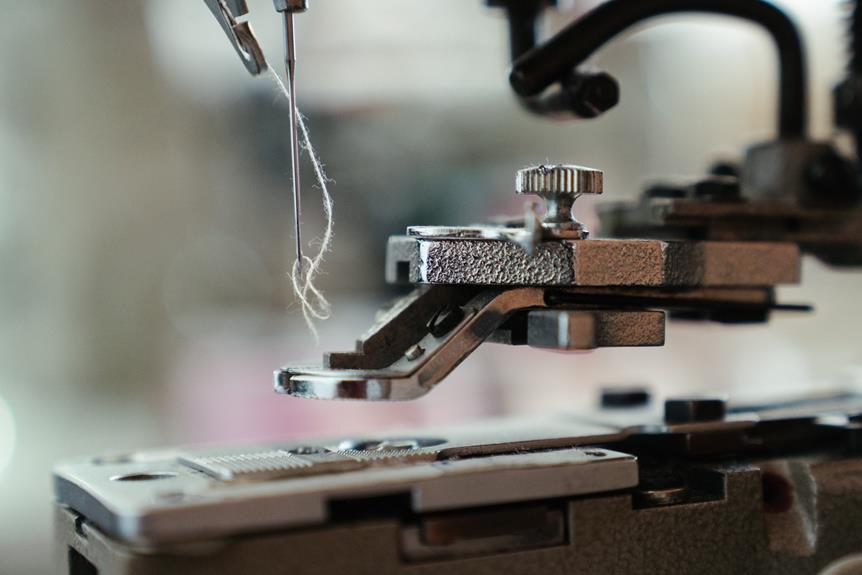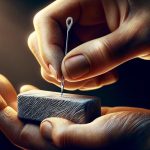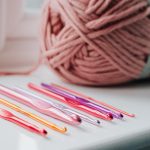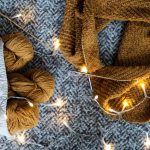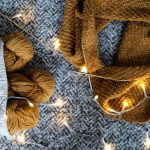Are you achieving the best results with your sewing machine? Understanding the importance of using the right needle is crucial for mastering the art of sewing.
'Are You Using the Right Needle? A Guide to Sewing Machine Needle Replacement' provides essential insights into needle selection, types, and choosing the right needle for different fabrics.
Recognizing the signs that indicate it's time to replace your needle, along with tips for optimal sewing performance, will elevate your sewing experience.
This guide is designed to help you navigate the world of sewing machine needles with confidence and precision.
Key Takeaways
- Needle selection and replacement are important for achieving the desired sewing outcome and avoiding damage to fabrics.
- Signs such as fabric snags, skipped stitches, and unusual sounds indicate the need for needle replacement.
- Needle sizes vary based on fabric and thread type, and choosing the right needle size ensures optimal sewing quality.
- Proper needle maintenance, including regular inspection and replacement, is crucial for optimal sewing performance.
Importance of Needle Selection
If you want to achieve the best results in your sewing projects, it's crucial that you understand the importance of selecting the right needle for your sewing machine.
Needle sizes play a significant role in determining the outcome of your sewing. Different needle sizes are designed for specific fabrics and threads. Using the correct needle size ensures that the thread penetrates the fabric without causing any damage, resulting in well-formed stitches.
Additionally, needle maintenance is essential for optimal sewing performance. A blunt or bent needle can lead to skipped stitches, fabric puckering, or even damage to the sewing machine. By regularly inspecting and replacing needles, you can avoid such issues and maintain the quality of your sewing.
Understanding the impact of needle selection and maintenance is fundamental to achieving professional results in your sewing projects. It's not just about changing needles when they break, but about proactively selecting the right needle size and ensuring their maintenance to elevate the quality of your work.
Understanding Needle Types
Understanding needle types is essential for achieving optimal sewing results. When selecting a needle, consider the following factors:
- Needle Sizes:
- Needle sizes vary based on the type of fabric and thread you're using. A general rule of thumb is to use smaller needle sizes for lighter weight fabrics and larger needle sizes for heavier fabrics.
- For lightweight fabrics such as silk or chiffon, opt for a needle size 9-11.
- Medium-weight fabrics like cotton or linen work well with needle sizes 12-14.
- Heavy fabrics such as denim or upholstery require needle sizes 16-18.
- Needle Materials:
- Needles are made from different materials, each suited for specific purposes.
- Regular sewing tasks can be accomplished with universal needles, which work well with woven and knit fabrics.
- For specialty fabrics like leather or vinyl, consider using needles specifically designed for these materials.
- Additionally, metallic needles are ideal for metallic threads and needles with a special coating can reduce friction when sewing through dense fabrics.
Understanding the nuances of needle types ensures that your sewing projects are executed with precision and efficiency.
Choosing the Right Needle for Fabrics
When sewing with different fabrics, you need to match the right needle to the specific fabric type and weight for optimal results. Needle size and fabric compatibility are crucial factors to consider when choosing the right needle for your sewing project.
For lightweight fabrics such as silk or chiffon, a fine needle like size 9 or 11 is ideal to prevent snagging or runs. Medium-weight fabrics like cotton or linen work well with size 14 needles, while heavier fabrics such as denim or upholstery materials require larger size 16 or 18 needles to penetrate the fabric easily. Additionally, stretchy fabrics like spandex or knits necessitate the use of ballpoint needles to avoid skipped stitches and fabric damage.
Understanding the fabric you're working with and selecting the appropriate needle size ensures clean, professional-looking stitches and prevents potential fabric damage. By paying attention to fabric compatibility and selecting the right needle size, you can achieve the best sewing results and prolong the life of your sewing machine.
Signs It's Time to Replace Your Needle
Regularly check your needle for signs of wear or damage to ensure optimal sewing performance. It's crucial to replace your needle when necessary, and there are a few indicators that can help you determine when it's time for a replacement:
- Fabric Snags or Pulls: If you notice that your needle is causing snags or pulls in the fabric, it could be a sign of a dull or bent needle. This can lead to uneven or damaged seams.
- Skipped Stitches: When your needle starts to skip stitches, it may be an indication that the tip is blunt or bent. This can result in uneven stitching and an overall poor sewing quality.
- Unusual Sounds: If you hear a popping or clicking sound while sewing, it could mean that the needle is damaged. This can cause issues with the timing and tension of the sewing machine.
Tips for Optimal Sewing Performance
To achieve optimal sewing performance, you should always be mindful of both the type of fabric you're using and the specific needle size and type that are best suited for it. Proper needle maintenance is crucial for optimal sewing results. Keep your machine well-oiled and clean to prevent any issues that could affect performance.
Troubleshooting issues can often be resolved by simply changing the needle. If you notice skipped stitches, fabric puckering, or hear a popping sound while sewing, it might be time to replace the needle. Another tip for optimal sewing performance is to ensure that the needle is inserted correctly and fully seated in the needle clamp.
Using the right needle for the fabric and thread you're working with can make a significant difference in the quality of your sewing. By following these tips and staying attentive to needle maintenance, you can enhance the overall performance of your sewing machine and achieve professional-looking results.
Frequently Asked Questions
Can I Use the Same Needle for Both Woven and Knit Fabrics?
You can't use the same needle for woven and knit fabrics. Needle compatibility is crucial for different fabric types. Sewing machine adjustments rely on the right needle choice to ensure smooth and accurate stitching.
How Do I Know if the Needle Is Causing Skipped Stitches?
To identify if the needle is causing skipped stitches, check for bent or dull points. Needle maintenance is crucial for optimal performance. Troubleshooting skipped stitches involves identifying needle wear and ensuring proper needle selection for the fabric.
Is It Necessary to Change the Needle for Every New Project?
Yes, it's important to change the needle for every new project. This helps maintain needle longevity and ensures proper needle selection for project efficiency. Needle maintenance is crucial for achieving high-quality stitching results.
Can I Use a Universal Needle for All Types of Sewing?
Yes, you can use a universal needle for most types of sewing, but it's essential to consider needle compatibility with the fabric type. Regular needle maintenance and troubleshooting can help ensure optimal sewing performance.
What Should I Do if the Needle Keeps Breaking While Sewing?
If the needle keeps breaking while sewing, try adjusting the tension and using the correct needle for your fabric. Check for any burrs on the needle plate and ensure the needle is correctly inserted. Regular sewing machine maintenance can prevent needle troubleshooting.
- How Does Ring Spun Cotton Affect Garment Fit and Shape Retention? - August 13, 2024
- What Are the Challenges in Producing Ring Spun Cotton? - August 13, 2024
- Is Ring Spun Cotton Suitable for Plus-Size Clothing? - August 13, 2024

